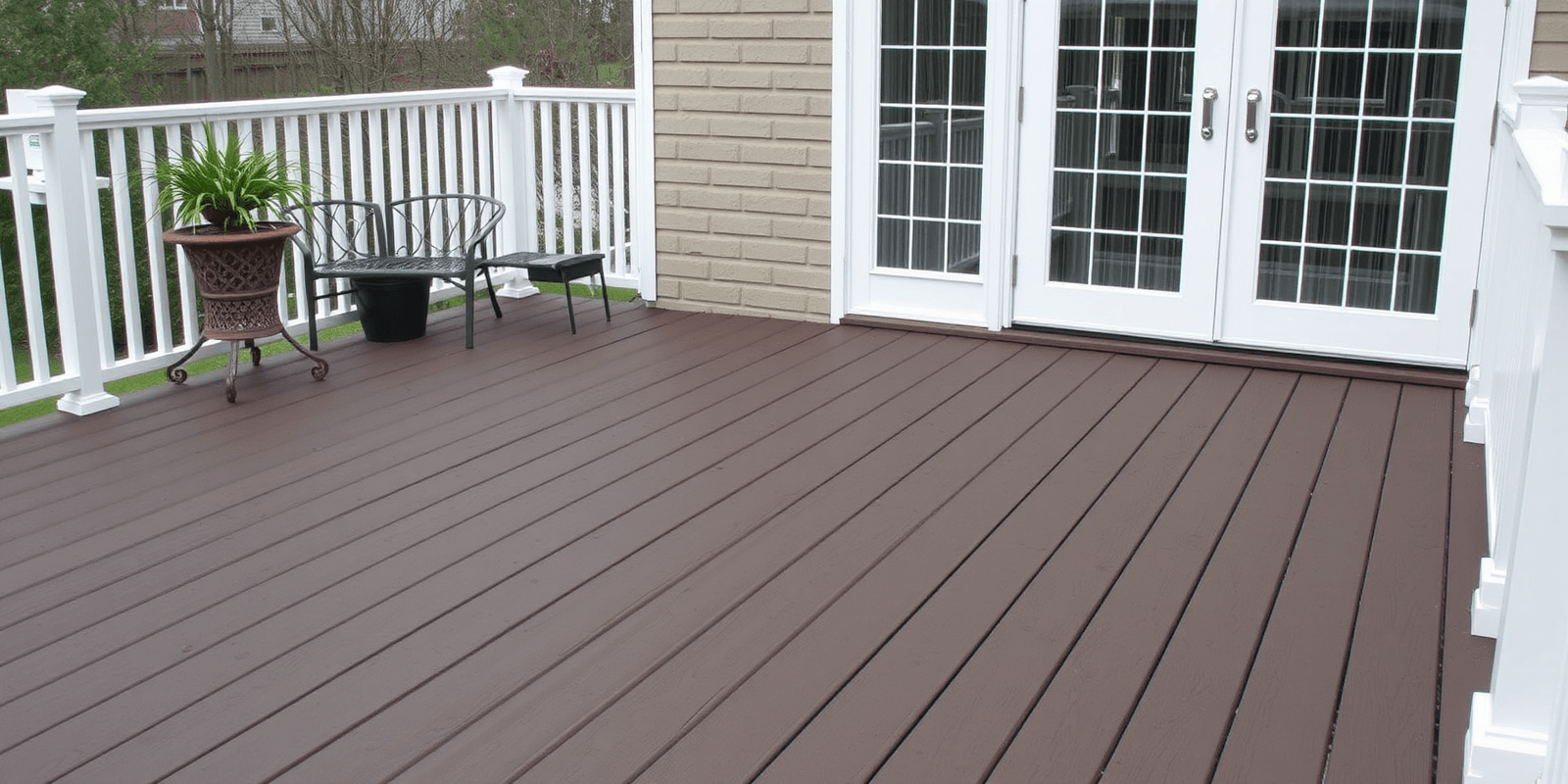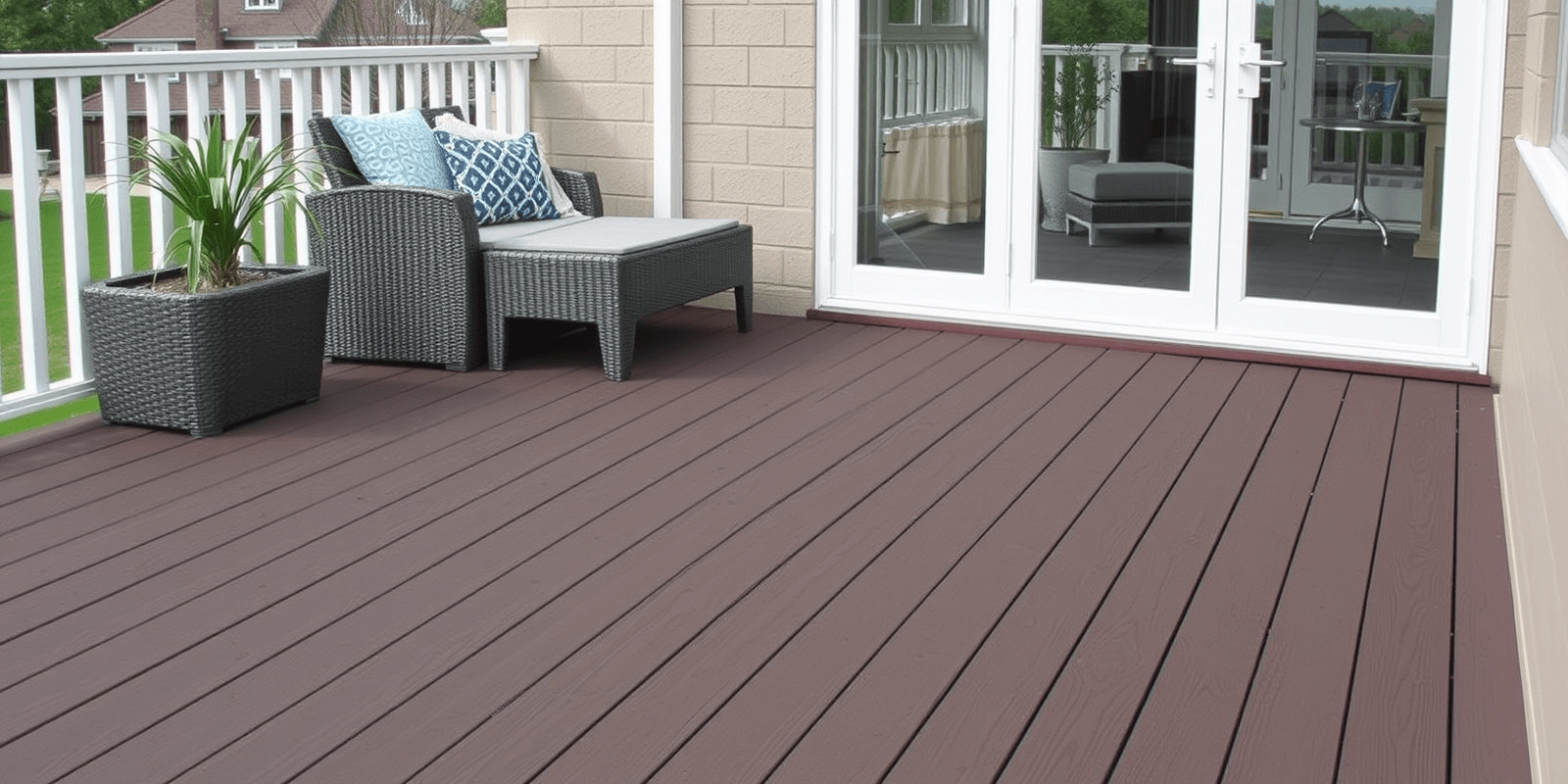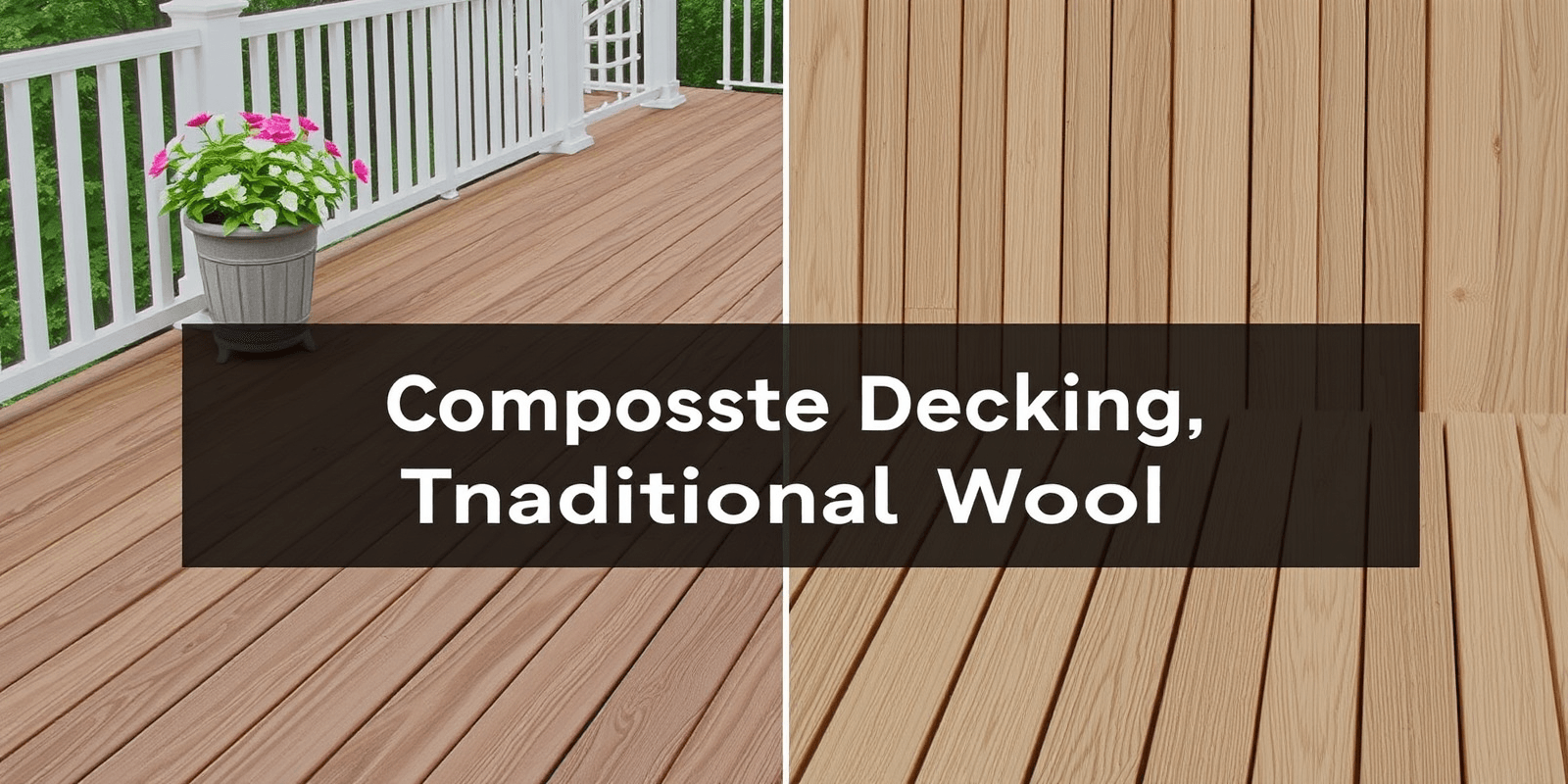“`html
Understanding the Type of Composite Decking: Features, Benefits, and Drawbacks
Introduction
Composite decking has become increasingly popular as an alternative to traditional wood decking due to its durability, low maintenance requirements, and aesthetic appeal. This article delves into the different types of composite decking materials available on the market, discussing their unique features, benefits, and drawbacks. We will also explore the manufacturing process, durability, maintenance requirements, and cost-effectiveness of each type.
Types of Composite Decking Materials
Wood-Plastic Composites (WPC)
Manufacturing Process: Wood-plastic composites are made by blending wood fibers with plastic resins. The wood fibers can be sourced from sawdust or wood chips, while the plastic resins are typically recycled high-density polyethylene (HDPE) or polypropylene.
Features and Benefits: WPCs offer a balance between natural wood aesthetics and synthetic durability. They resist moisture, rot, and insect damage, making them ideal for outdoor use. Additionally, they come in various colors and textures, allowing homeowners to customize their deck appearance.
Drawbacks: Despite their benefits, WPCs can be prone to fading over time, especially when exposed to prolonged sunlight. They may also be more expensive than traditional wood decking options.
PVC Composites
Manufacturing Process: PVC composite decking is manufactured by combining polyvinyl chloride (PVC) with other additives such as wood flour, mineral fillers, and impact modifiers. This process creates a rigid yet lightweight material.
Features and Benefits: PVC composites are highly resistant to water, mold, and mildew. They do not require staining or sealing, making maintenance minimal. Moreover, they retain their color and shape well over time, even under harsh weather conditions.
Drawbacks: One significant drawback of PVC composites is their tendency to become slippery when wet, which can pose safety concerns. They are also more rigid than WPCs, limiting flexibility in design.
Fiber Reinforced Composites (FRC)
Manufacturing Process: FRCs are produced by reinforcing plastic resins with fibers such as fiberglass or carbon fiber. This process enhances the strength and stiffness of the composite material.
Features and Benefits: FRCs are exceptionally strong and durable, making them suitable for heavy-duty applications. They have excellent resistance to temperature fluctuations and chemical exposure, ensuring long-term performance.
Drawbacks: Due to their advanced composition, FRCs tend to be more expensive than other types of composite decking. They may also be heavier, complicating installation processes.
Cost-Effectiveness and Maintenance Requirements
When comparing the cost-effectiveness of different composite decking materials, it’s important to consider both initial costs and long-term expenses. While WPCs and PVC composites are generally more affordable upfront, FRCs may offer better value over time due to their superior durability and longevity. Regular cleaning and occasional inspections are sufficient for maintaining most composite decks, although specific care instructions may vary depending on the type of material used.
Conclusion
Each type of composite decking material offers distinct advantages and disadvantages. Wood-plastic composites provide a blend of natural aesthetics and synthetic durability, while PVC composites excel in moisture resistance and minimal maintenance. Fiber reinforced composites stand out for their exceptional strength and longevity. Homeowners should carefully evaluate their needs and budget before selecting the best composite decking option for their project.
“`
This HTML structure provides a comprehensive guide on the different types of composite decking materials, including their unique features, benefits, and drawbacks, while also addressing manufacturing processes, durability, maintenance requirements, and cost-effectiveness. The content is designed to be SEO-friendly and informative, suitable for direct publication as a blog post.



